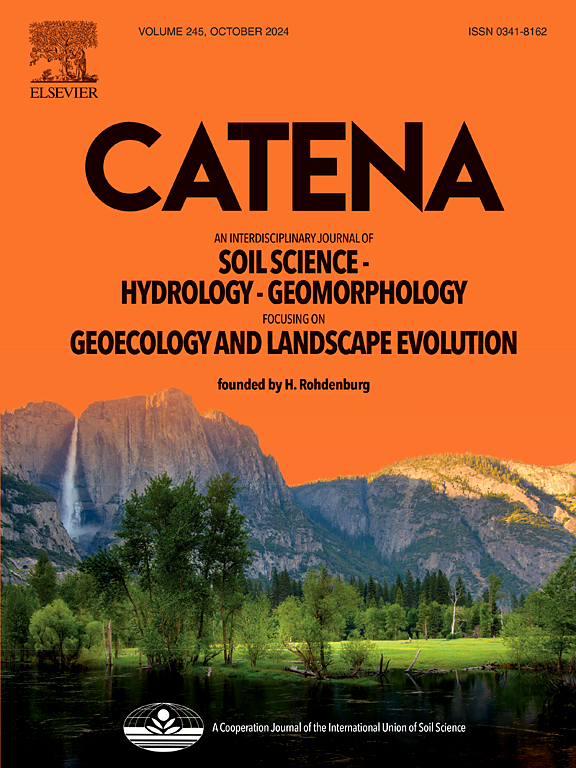Monitoring small-scale mass movement using unmanned aerial vehicle remote sensing techniques
2024-04-15 null null 238(卷), null(期), (null页)
Mass movements are predominant geomorphic processes on steep sloping areas and are an important source of sediment delivered to rivers. However, current understanding on the mechanisms of mass movement is severely lacking, mainly due to the lack of observations, particularly for small-scale mass movements. This study obtained high-precision topographic data from the Qiaogou catchment in the hilly and gully region of the Chinese Loess Plateau before and after the rainy season based on UAV laser scanning (ULS) and UAV photogrammetry (UAV-P). Four change detection algorithms (DoD, C2C, C2M and M3C2) were employed to detect mass movement based on the acquired ULS data, UAV-P data and their fusion. The accuracy of different data sources and change detection algorithms were compared based on 27 mass movement samples to determine a suitable strategy for mass movement monitoring. Results showed that (1) The best spatial distributions of detachment niches and deposition areas were achieved by UAV-P data plus C2M method (81.5% of the samples were well detected) and ULS data / fused data plus M3C2 method (96.3% of the samples were well monitored). (2) Erosion volume detected by a combination of different data sources and DoD, C2C and C2M methods was closely related to field measurements (R-2 > 0.90, p < 0.01). The fused data plus M3C2 method (R-2 = 0.93, p < 0.01) performed much better than other data sources plus M3C2 method (ULS data: R-2=0.74, p < 0.01. UAV-P data: R-2=0.64, p < 0.01). DoD and M3C2 methods tended to overestimate and underestimate erosion volume, respectively, while ULS plus C2M method produced the lowest mean relative error (24.2%). ULS data plus DoD method and fused data plus M3C2 method were preferable for bare areas and sparsely vegetated areas, while fused data plus C2M method was suitable for well vegetated areas. This study is beneficial for an effective monitoring and an in-depth understanding of mass movement processes.
相关推荐
- Simulating long-term effects of vegetation managements on soil moisture in steep slopes of China's Loess Plateau [2024-04-15]
- A thorough accuracy assessment of MT-InSAR for soil erosion monitoring in the hilly and gully Loess Plateau [2024-04-15]
- PESERA-LP: A coarse-scale process-based fluvial erosion model for topographically complex regions [2024-04-15]
- Mapping Catchment-Scale Soil Erosion and Deposition Using an Improved DoD Method Based on Multitemporal UAV-Borne Laser Scanning [2024-04-15]
- A DEM Differencing Method for Detecting Geomorphic Changes on Topographically Complex Areas Based on RAV Remote Sensing Techniques [2024-04-15]



